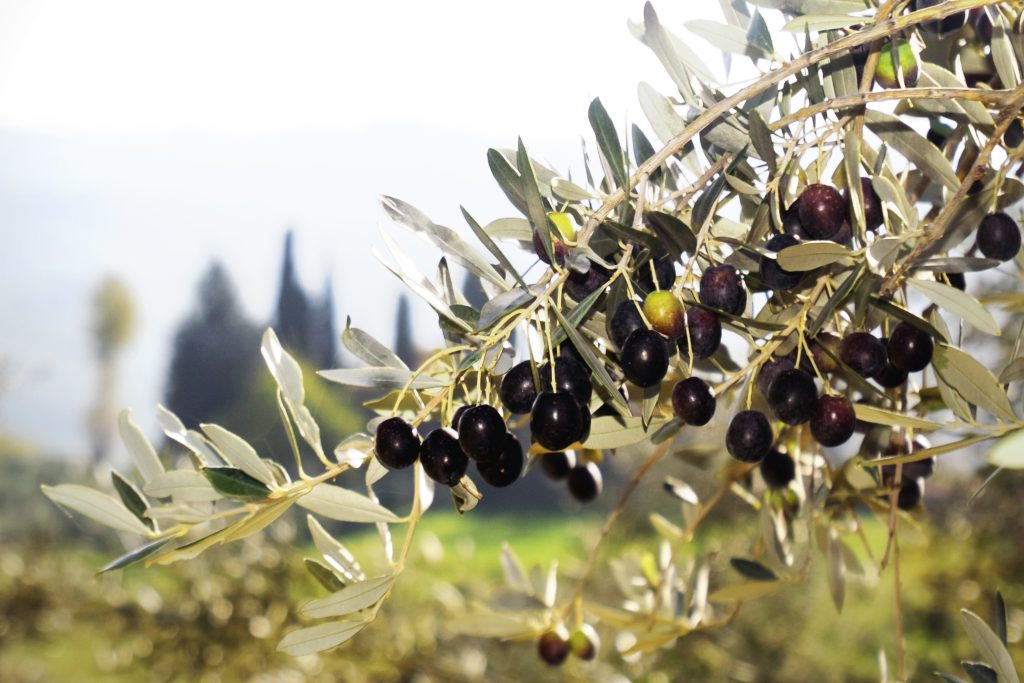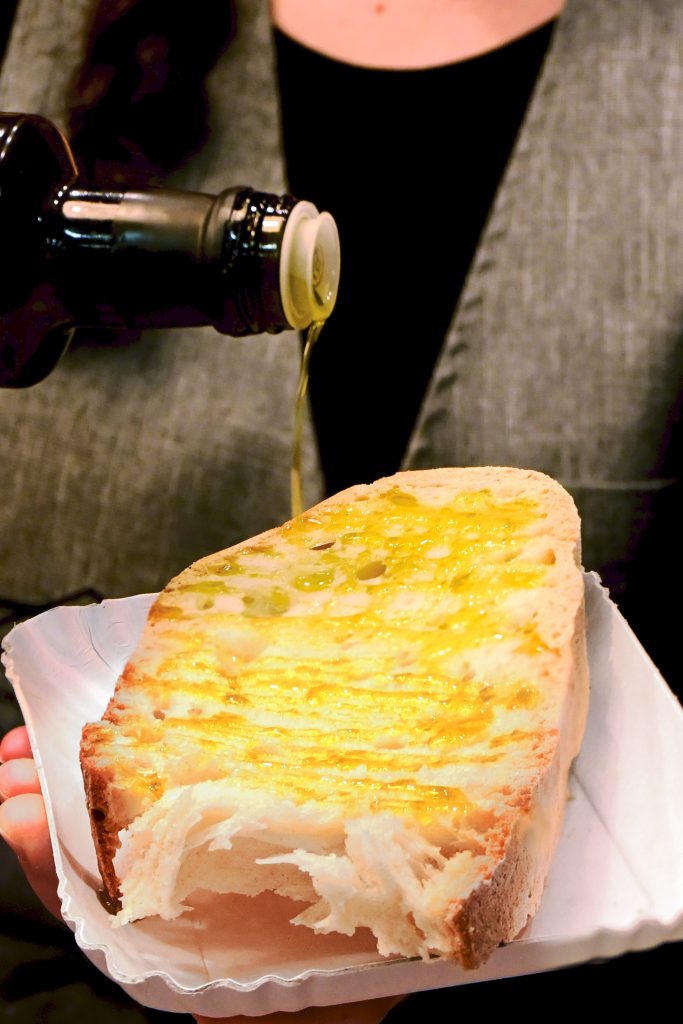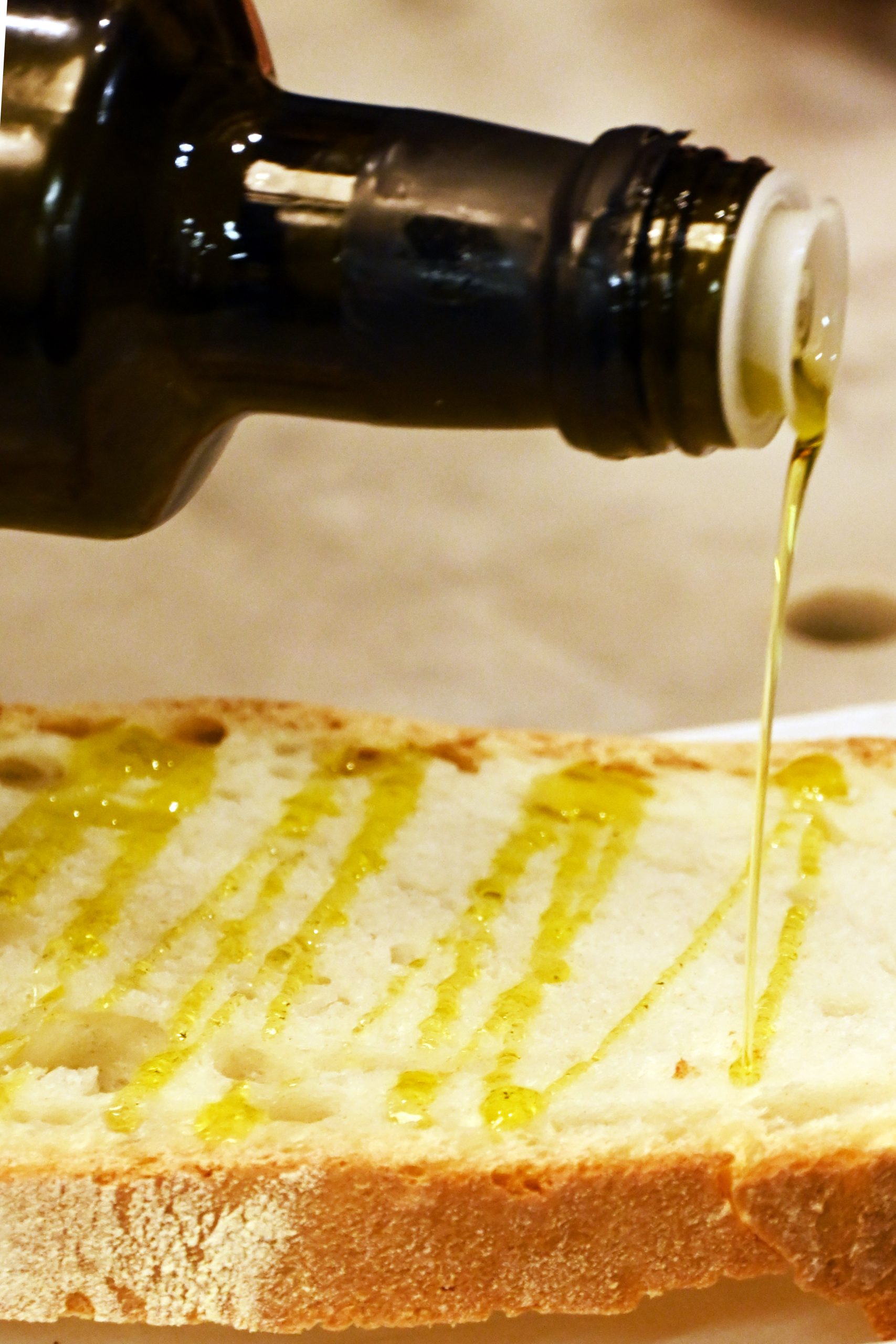Tuscany is a perfect balance of nature and art, of beautiful land and climate. This is where excellent extra virgin olive oil is produced, the result of a centuries-old tradition. The variety of olive trees, more than 80 classified cultivars, the cultivation technique, the harvesting of the olives at the right stage of ripeness and their careful processing, all combine to create a unique product with a recognizable taste that encompasses all the nuances of this land. The olives are traditionally processed by hand; they must be picked from the tree using the “brucatura” technique, ie. by hand or with small mechanical aids.
Before going to the mill, the olives must be washed with water at room temperature and may not undergo any other treatment. The extraction of the oil is very important for the final product. The first stage is the one in which most of the oil is extracted: only traditional mechanical and physical processes are used for milling, so as not to alter the quality characteristics of the fruit.
The washed olives are first crushed with granite mills and then the paste obtained is crushed again to extract as much oil as possible. From here it is stored in stainless steel food grade silos with a nitrogen system and then bottled as we find it on the store shelves.



